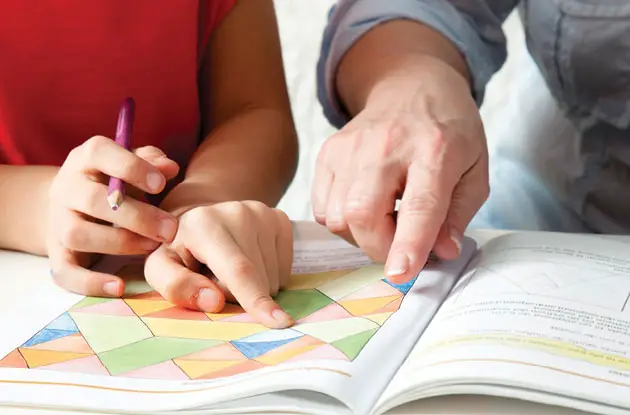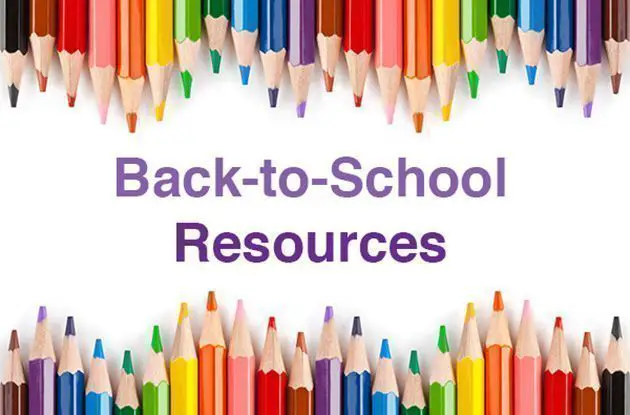If you’re a parent of a school-aged child you have most likely have heard of STEM curriculum. That is Science, Technology, Engineering, and Mathematics. Recently, it has been changed to STEAM, to include the arts as educators have found that adding an art component makes topics like coding and technology more approachable. Many schools have adopted STEAM curriculum in order to teach to the individual and better accommodate diverse interests. Although such topics were previously reserved to older children, building an early foundation in STEAM topics, creates a platform for future academic success. NY Kids Club, for instance, has recently added two new STEAM classes for kids ages 3-5 and has found that children are grasping the subjects, developing an appreciation for traditionally “scary” subjects, and preparing for academic years ahead.
STEAM education moves away from passive learning and instead encourages immersive learning. STEM encourages children to engage in the world around them, to appreciate the extraordinary in the ordinary. For example, engineering teaches children to take note of tall buildings when walking down the street, and math helps children learn the fundamentals of counting coins. Carol Moritz, Director of NY Preschool says, “From an early age infants learn through exploring their environment and manipulating the objects around them. Each day children are inherently forced to overcome learning obstacles as they access and begin to understand the world around them. A STEAM curriculum allows children to build upon their natural cognitive and physical foundation, challenging them to explore, plan, create and revise.” Creating awareness about what goes into constructing an educational computer game is an equally valuable lesson as what the game itself teaches.
City as Classroom
For NY Kids Club, New York City itself acts as a STEAM program, and has aided in the introduction of STEAM topics. Moritz says, “STEAM learning encompasses a project approach, which offers students the opportunity to practice 21st century learning skills: creativity, communication, collaboration and critical thinking.”
In the NY Kids Club’s Architect and Engineers class children are introduced to the different types of building or structures that exists throughout the world and shown how to create their very own blueprint. Sometimes students will analyze the buildings in New York, “but the class might also cover the concept of world homes,” says Moritz, “so maybe in different parts of the world people might live in tree houses so we encourage the kids to think about what that looks like.” Social studies and geography are also introduced in this class, encouraging “students to imagine what their version of that building would look like. They would then construct that building with different materials. So, they have to use their imaginations and think about how they would build their own version of that specific structure,” says Moritz.
Making Math Fun
One topic that sometimes gets a bad rap is math. It can be somewhat daunting subject to teach young children and the educators at NYKids Club are fully aware of it’s reputation. Moritz says the focus is really, “to build a lifelong love of learning for all children.” This means introducing math in a fun way. She notes, “we find that many children get a little frustrated and concerned about math and put up a wall at a very young age, but the Math Magic program makes math fun by introducing students to logic, sequencing, counting, patterns, addition, and subtraction in ways in which they can relate.” An introduction and appreciation of math early on, will instill your child with a strong foundation in the subject. Moritz says, “STEAM programs promote critical thinking, collaboration, curiosity and inquiry. Such skills not only prepare our students for their future academic journey but also instill confidence and feelings of empowerment.” A foundation in math, science, and art prepares students for future professional, emotional, and social success.



















